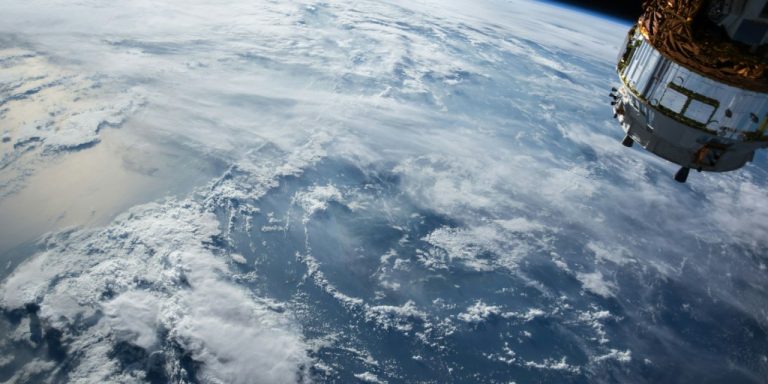Mount Vesuvius, an ancient volcano known for its catastrophic eruption in 79 AD, is the focal point of a new research project that is utilizing artificial intelligence (AI) to uncover mysteries buried in the volcanic ash. The project aims to shed light on the lives of the people who lived in the shadow of Vesuvius before and during the eruption.
Researchers are using cutting-edge AI technology to analyze thousands of artifacts discovered at the archaeological site of Pompeii, a city that was buried by ash and pumice when Vesuvius erupted. By combining AI with traditional archaeological methods, researchers are able to reconstruct the past in ways that were previously impossible.
The AI software is able to analyze data from these artifacts, such as graffiti, inscriptions, and even food remains, to paint a more complete picture of life in ancient Pompeii. This technology has already revealed new insights into the city’s economy, social structure, and cultural practices.
By leveraging AI in this way, researchers hope to gain a deeper understanding of the people who lived in Pompeii and the surrounding areas. This innovative approach not only provides new information about the past but also demonstrates the power of AI in archaeology.
Overall, this project highlights the potential of AI to revolutionize the field of archaeology and uncover ancient mysteries that have long been shrouded in the ashes of history. Through the combination of AI and traditional methods, researchers are able to bring the past to life in ways that were previously unimaginable.





